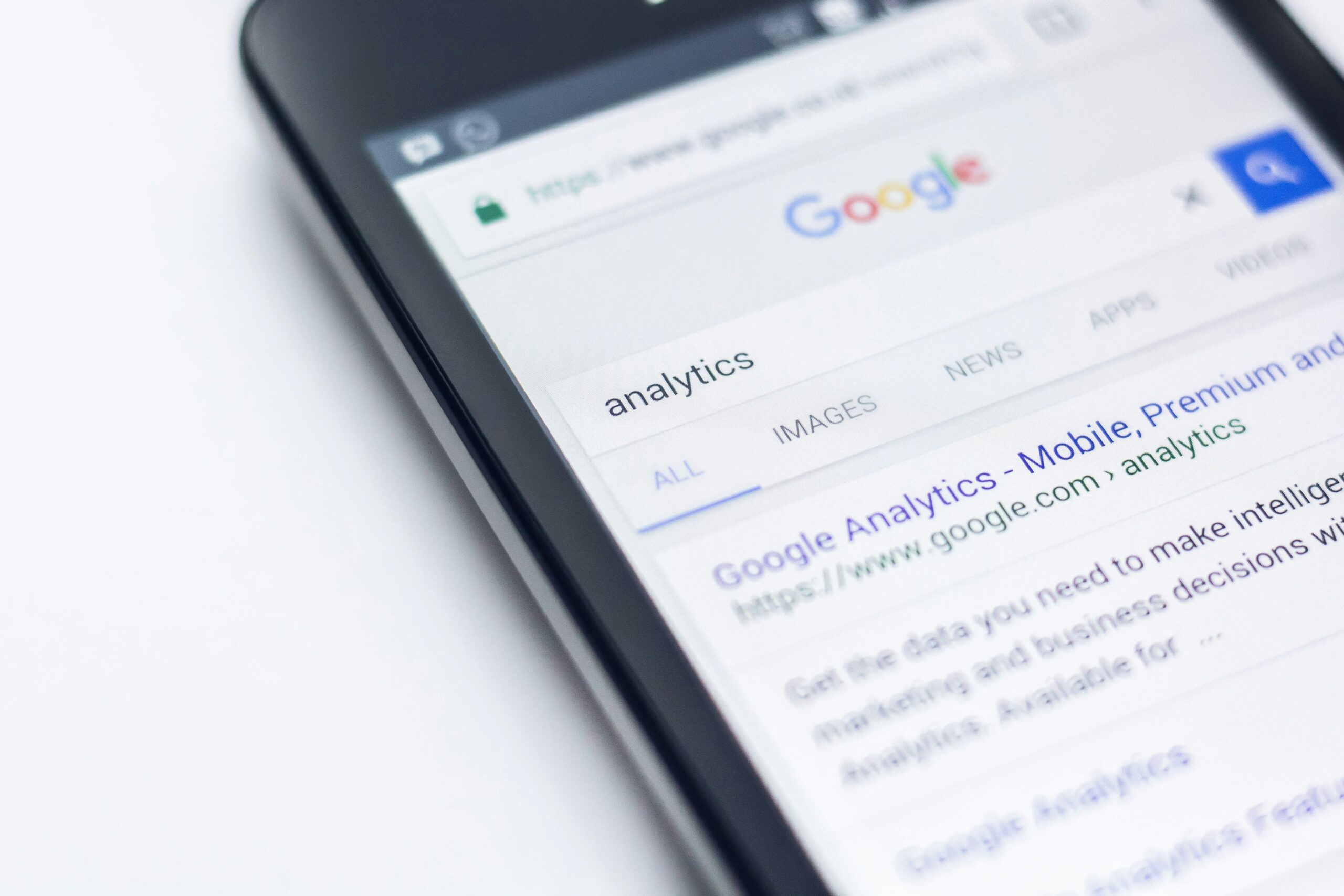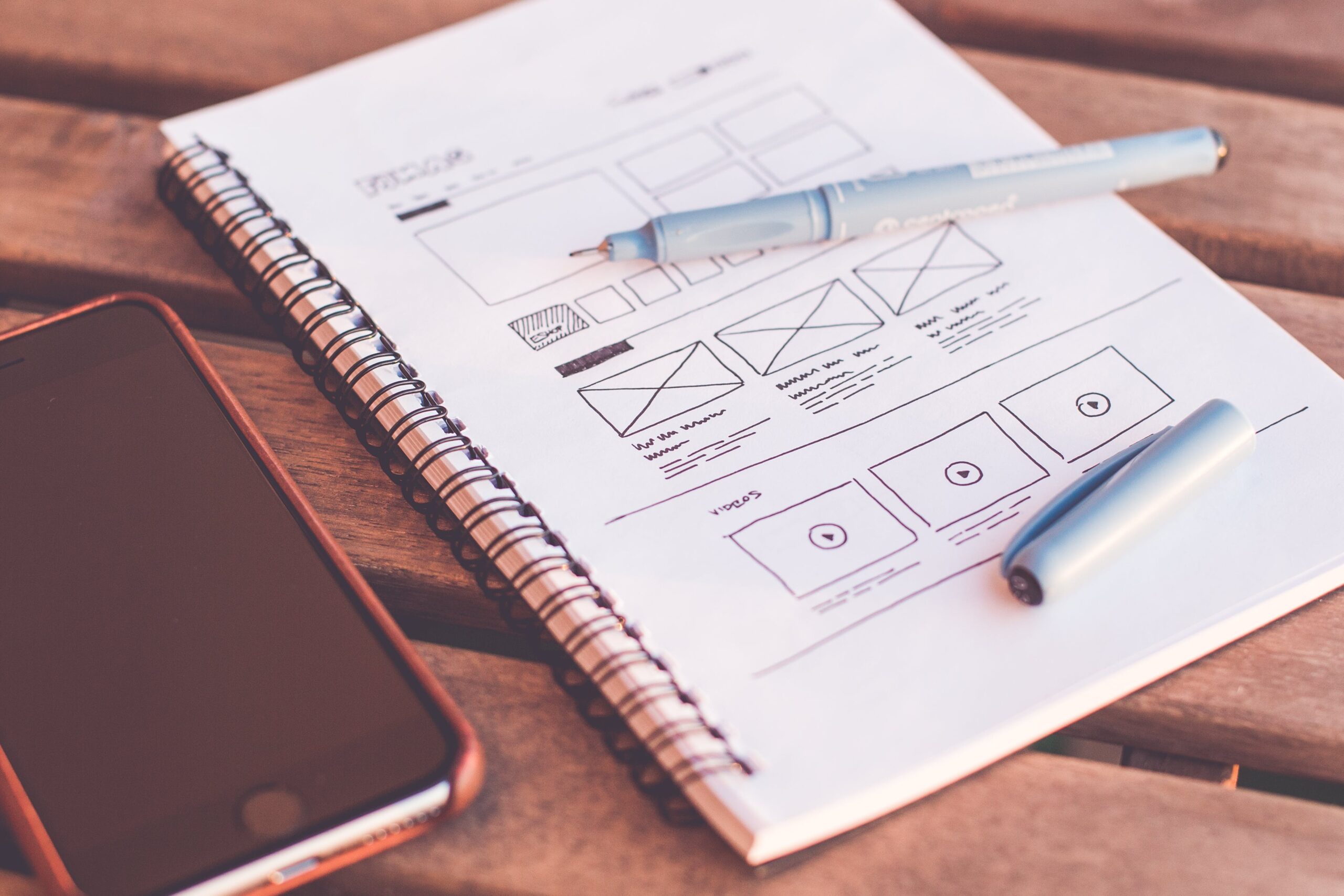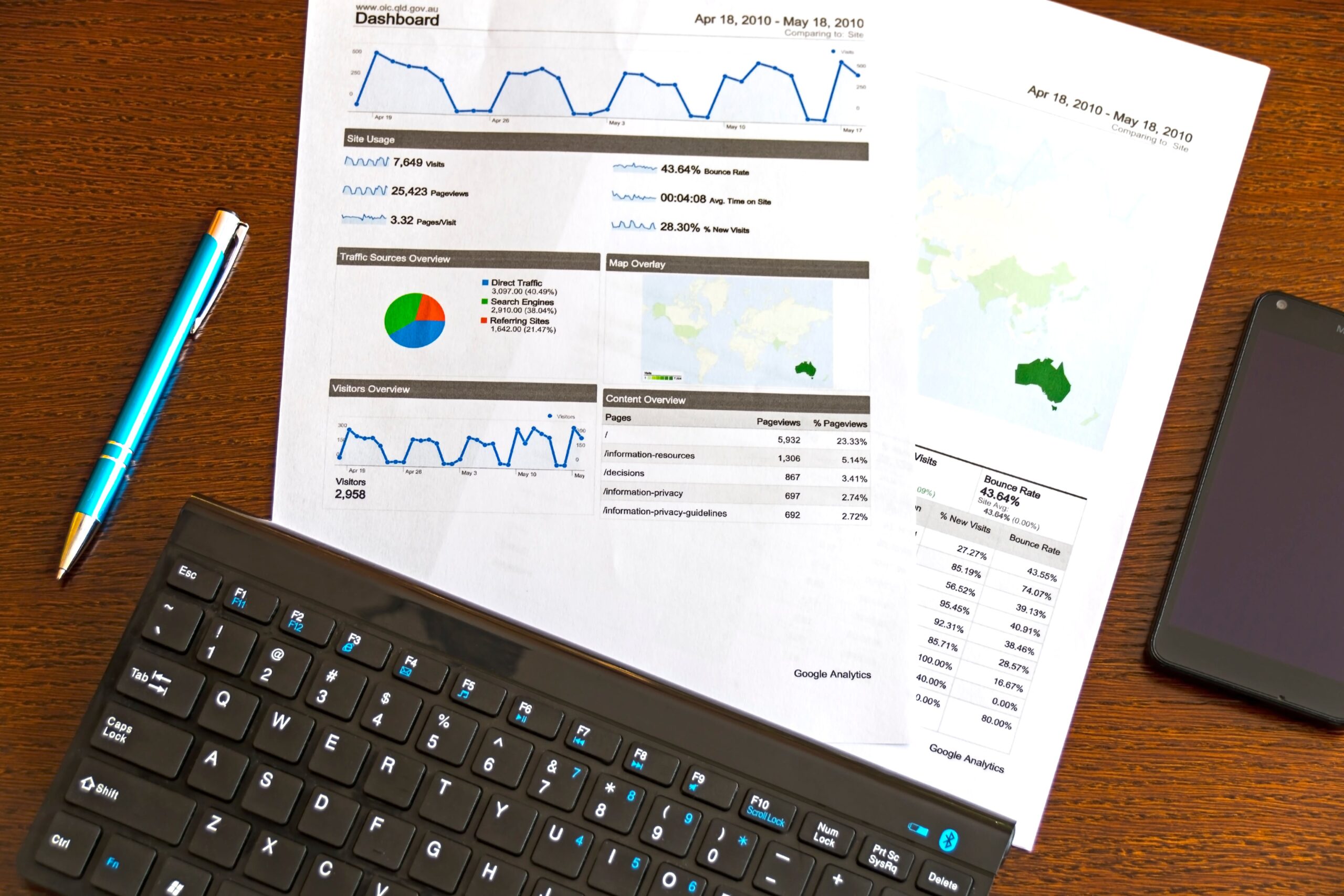In the rapidly evolving landscape of the digital age, user-friendly web design has become the cornerstone of online success. In many cases, your website is the first impression a potential customer has of your business — so you want it to be a good one. And the way a user interacts with your website can significantly shape their overall experience. From the number of pop-ups to how quickly your pages load, your website’s usability can make or break that all-important first impression.
Is your website easy to navigate? Let’s find out.
Why is website usability so important?
We all want a shiny website that looks nice — but looks aren’t everything. There’s no point in having a page that catches the eye but doesn’t lead to conversions. An effective website allows visitors to navigate through the pages easily so they can accomplish their goals — whether that’s buying an item, contacting a service provider or joining a mailing list.
How often have you searched for a product or service, only to be greeted with an outdated, clunky website interface that’s difficult to find your way around? Chances are you don’t stick around long on those sites, and instead click away to find one you can navigate quickly and easily.
As a business, you want your website to deliver your product or service with minimal fuss to the user. As you’ll see, factors such as intuitive navigation, speedy loading times, and accessible information enhance the overall user experience and give your website visitors a great impression of your brand. Ultimately, this leads to higher levels of customer satisfaction, repeat visits, and improved conversion rates.
But where do you start when implementing user-friendly web design?
How to find out if your website is user friendly
The first step in accessing your website’s usability is to review it, and imagine you’re visiting for the first time. Start at the homepage, and have a glance to see if your website meets the following criteria:
Intuitive navigation
- Clear and organised menu structure: Is the menu easy to spot, with clearly labelled pages?
- Easy access to important pages: Are your conversion-targeted landing pages easy to get to?
- Logical placement of buttons and links: Do you have to scroll for ages to find the links you need or are they close to a relevant CTA (call to action)?
Mobile responsiveness
- Consistent experience across different devices: Does your website look the same on desktop, mobile, and tablet?
- Content adapts well to various screen sizes: Do images load properly without disrupting text, for example? Is it responsive to different screen sizes?
- Touch-friendly elements for mobile users: Are all the buttons clear and usable?
Page load speed
- Fast loading times for all pages: 1-2 seconds is ideal. Any longer and you’ll start to see higher bounce rates as users get impatient and click away.
- Minimal use of large media files that slow down loading: Any images, videos, or media files need to be optimised for quick loading.
Clear call-to-actions (CTAs)
- Distinct and well-designed CTAs that guide users toward desired actions: Whether it’s ‘explore our collection’, ‘buy now’, or ‘learn more’, every link should be accompanied by copy that shows the reader where it’ll take them. CTAs should be persuasive and encouraging.
Readability and content
- Concise and easily scannable content: Can you get an idea of the content from a quick glance?
- Proper typography and font size for readability: Is the font clear? It should be large enough that you don’t have to zoom in and should stand out against the background colour.
- Use of headings, bullet points, and paragraphs to structure content: This is important not just for aesthetics, but also for clarity and accessibility. Proper spacing helps visitors see bitesize chunks of content, whilst using proper heading structures supports accessibility (for example, visitors using text-to-speech).
Consistency in design
- Uniform design elements across all pages: All pages should look connected; jumping from one design style to another can be jarring and confusing.
- Cohesive colour schemes and branding: This is a chance to let your brand identity shine through while ensuring colour schemes are clear and complementary.
How to monitor the usability of your website
Checking that your website meets some or all of the above criteria is a fantastic step but it won’t give you a clear idea of how it’s performing. How do visitors find your website usability? Try some of the following monitoring techniques to see if there are any areas you can improve.
Conduct user feedback and testing
- Gather insights from users directly to address user suggestions and pain points.
Look for low bounce rates and time-on-page
- Bounce rates indicate when a visitor clicks on a page and then leaves again quickly. Low bounce rates suggest your users are finding what they’re looking for and are staying on the site for longer periods.
Analyse your page’s conversion rates
- A positive correlation between user-friendly design and conversion rates means that users are more likely to complete desired actions.
Research user analytics
- Analysing user behaviour using tools like Google Analytics can help you identify patterns, drop-off points, and high traffic pages.
Competitor comparison
- By benchmarking your website against competitors’ sites, you can identify areas for improvement based on industry standards
The crucial link between design and navigation
Creating a user-friendly website is like crafting a well-guided adventure for your visitors. Using design and navigation, you take potential customers on a journey to the key pages of your website.
Buttons and content work as signposts along the way, strategically placed to help users find what they’re looking for. At the same time, you can use colours and contrast to highlight the most important parts of your site and seamless linking to connect related sections of content.
In essence, user-friendly web design is all about putting yourself in your visitor’s shoes, understanding their needs, and creating a logical path for them to follow.
The role of UI design in website UX
We’ve looked a little at buttons and interactive elements, but let’s explore this part of UX in more detail.
User Interface (UI) design is a critical aspect of creating an exceptional website user experience. It focuses on the visual elements that users interact with, such as buttons, menus, forms, and more. Effective UI design not only contributes to the aesthetics of the website but also impacts its functionality and ease of use.
UI design involves crafting elements that are consistent, visually appealing, and aligned with the overall branding.
Mobile design: meeting the challenge of limited space
Did you know that more than half (58.53%) of all web searches happen on mobile devices? We’re certainly living in an age of smartphones and tablets, so mobile usability can really make or break the success of your web design.
Of course, a smartphone screen is a lot smaller than a desktop, so it’s vital to prioritise your mobile content. Collapsible menus, expandable sections, and swipeable galleries can help optimise space and ensure a seamless experience on smaller screens.
Responsive design is also a key consideration — this is where the layout adapts to different screen sizes. You want your web content to be consistent across all devices.
Accessible web design
A truly user-friendly web design goes beyond catering to the average user. It also takes into account users with varying abilities, including those who are visually or audibly impaired. The web accessibility guidelines ensure that everyone, regardless of their disabilities, can navigate and interact with your website effectively.
There are many features you could implement, such as alternative text for images, video captions, and keyboard navigation for users who are unable to use a mouse. Alt-text is especially crucial for visually impaired users, as the alt-text clearly details and describes an image featured on a website. It’s also very helpful for SEO, too! Similarly, if your website features videos and other mixed media, it’s important to make sure that all animation includes subtitles for users who have hearing impairments.
Clear and concise content, along with a logical structure, benefits not only those with disabilities but also contributes to an enhanced and inclusive experience for all users.
Enhancing SEO through user-friendly design
Web design UX is undoubtedly important for website visitors, but its impact doesn’t end there — search engines also take notice. Search engines aim to provide users with the most relevant and user-friendly results. So a website that prioritises usability and navigation is more likely to rank higher in search engine results pages (SERPs). The result? More traffic to your site and the chance for higher conversion rates. It’s a win-win.
Effective web design with NMG
If you think your website could be more user-friendly but aren’t sure where to start, our team at NMG is here to help. With expertise in user-friendly web design, SEO, and content creation, we can support you in building a website that not only looks lovely but gets results, too. We’ll work with you to elevate your site, ensuring it has a visually impactful interface, intuitive navigation, and engaging copy.
To learn more, please feel free to get in touch today.
ACCREDITATIONS







